Deputy Prime Minister Tran Luu Quang chairs the first meeting of the Central Highlands Coordination Council - Photo: VGP/Hai Minh
The Coordination Council was established under Decision No. 827/QD-TTg dated July 11, 2023 of the Prime Minister, chaired by Deputy Prime Minister Tran Luu Quang, to innovate the regional coordination mechanism, promote green and sustainable development, protect the environment and ensure security and national defense.
Attending the conference were Minister of Transport Nguyen Van Thang, Minister and Chairman of the Ethnic Committee Hau A Lenh, leaders and representatives of a number of central ministries and branches, and leaders of five Central Highlands provinces, including Lam Dong, Dak Lak, Dak Nong, Kon Tum and Gia Lai.
At the conference, the Ministry of Planning and Investment - the standing agency of the Coordination Council - presented a report on a number of contents related to the specific mechanisms and policies for the development of the Central Highlands region and the Coordination Council's action plan for the last months of 2023.
The conference will discuss mechanisms and policies to encourage, attract and effectively mobilize resources from all economic sectors to invest in building technical infrastructure, especially transport infrastructure.
Delegates will discuss and give opinions on a number of policies for forest economic development; tourism development policies associated with preserving and promoting cultural heritage; policies to effectively resolve residential land and production land for people, especially ethnic minorities...
The Central Highlands is a particularly important strategic area in terms of politics, economy, culture, society, national defense and security of the whole country, the "western fence of the Fatherland" and the "roof of Indochina", belonging to the development triangle of Vietnam - Laos - Cambodia, where nearly 6 million people of all 54/54 ethnic groups in the country live.
The Central Highlands has achieved many great and important results, such as the average GRDP per capita in 2022 is 11 times higher than in 2002, the average growth rate of total product in the area in the period 2002-2020 reached nearly 8%/year and is the highest compared to other regions.
However, the Central Highlands region still faces many difficulties, such as GRDP per capita is still the lowest among the six socio-economic regions, no locality in the region has been able to balance its budget; attracting foreign direct investment is very low; poverty reduction is not sustainable, the number of poor and near-poor households is large, the risk of falling back into poverty is still high; the rich-poor gap between ethnic groups is slow to narrow.
The situation of illegal immigration to the Central Highlands is increasingly complicated. Production land and residential land of ethnic minorities are slowly resolved.
Forest cover has decreased sharply and failed to meet the set target; natural forests have declined in both area and quality. Water resources are at risk of depletion, and drought conditions are erratic.
Many national cultural heritages are at risk of being lost, and the relationship between conservation and development has not been well resolved.
Education and training are slow to change; human resource quality and labor productivity are low. Health care and basic medical services are still low compared to the national average.
Intra-regional and inter-regional connectivity is not tight and formal; regional and inter-regional infrastructure networks are lacking and weak, especially strategic infrastructure (transportation, healthcare, education, digital infrastructure) that does not meet development requirements.
At the Conference, localities reflected that the biggest bottleneck of the region is intra-regional and inter-regional traffic connectivity, causing the Central Highlands to still develop below its potential.
The Deputy Prime Minister suggested that it is possible to jointly invest in connecting routes between localities, with the locality with stronger resources contributing more - Photo: VGP/Hai Minh
Besides, the level of connection between localities is still limited, mainly stopping at the level of information exchange, so the potential and advantages of the region have not been promoted, especially common key products such as coffee and durian.
The situation of spontaneous migration not only leads to the risk of deforestation for production land, even illegal transfer of residential land and production land, but also puts pressure on the education and training sector; the implementation of national target programs is hindered due to bauxite planning; the potential of forests has not been well exploited for tourism development and improving people's lives.
Responding to local opinions, the Minister of Transport said that the Ministry has submitted to the Prime Minister for approval 5 sectoral plans, and requested that provinces soon complete provincial plans as a basis for implementing investment projects.
Given the importance of the Central Highlands, Minister Nguyen Van Thang said the Prime Minister assigned the Ministry of Transport to build 8 transport routes in the Central Highlands by the end of 2030 with a total length of more than 800km, of which 4 routes must be completed before 2025. This is a heavy task, so the Minister requested the provinces to closely coordinate with the Ministry of Transport and the Ministry of Planning and Investment to develop a list of priority projects to focus on implementation.
Speaking at the meeting, Deputy Prime Minister Tran Luu Quang emphasized the establishment of the Central Highlands Coordination Council to work with localities to build a strong and effective mechanism to protect peace and promote development of the entire Central Highlands region.
Deputy Secretary of the Provincial Party Committee, Chairman of the Gia Lai Provincial People's Committee Truong Hai Long speaks at the Conference - Photo: VGP/Hai Minh
According to the Deputy Prime Minister, in the immediate future, it is necessary to focus on implementing the following groups of tasks: (i) Connecting intra-regional and inter-regional traffic with neighboring areas such as Ho Chi Minh City and the Central Coast; (ii) coordinating to attract joint investment, instead of individually, in which it is necessary to pay close attention to which industries investors want to invest in in the area and the ability to meet investors' wishes for the common development of the whole region; (iii) trying to organize agricultural production in chains, strengthening linkages between raw material areas; (iv) implementing national target programs well.
Regarding the task of connecting traffic, the Deputy Prime Minister emphasized that in the current context, it is necessary to mobilize capital from the Central, local and investors.
Regarding the connecting routes between localities, the Deputy Prime Minister suggested that localities can jointly contribute capital for joint investment, with the locality with stronger resources contributing more; or refer to the experience of other localities, including Hai Phong, in implementing infrastructure projects connecting with neighboring localities.
The Deputy Prime Minister also asked localities in the region to quickly complete provincial planning, including integrating climate change response content.
Regarding the problems related to forests, the Deputy Prime Minister said that the Forestry Law will be amended in the direction of decentralization and delegation of power to localities; strictly managing the current state of forests; and increasing the level of forest protection contracts so that she can feel more secure.
The Deputy Prime Minister also asked localities to pay more attention to investing in digital transformation; and carefully prepare for the Conference to discuss mechanisms for the region scheduled to take place in October 2023./.
Source



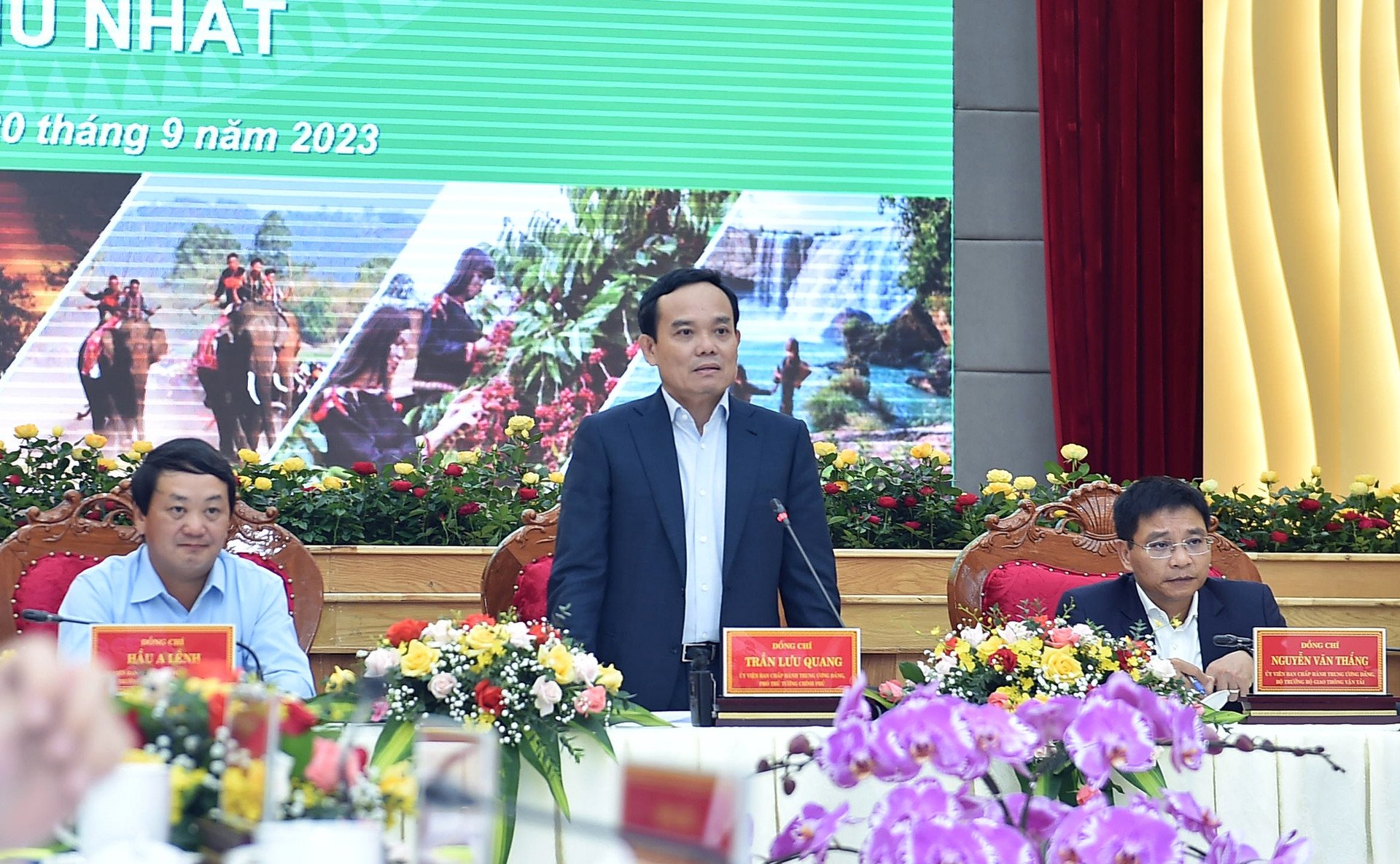
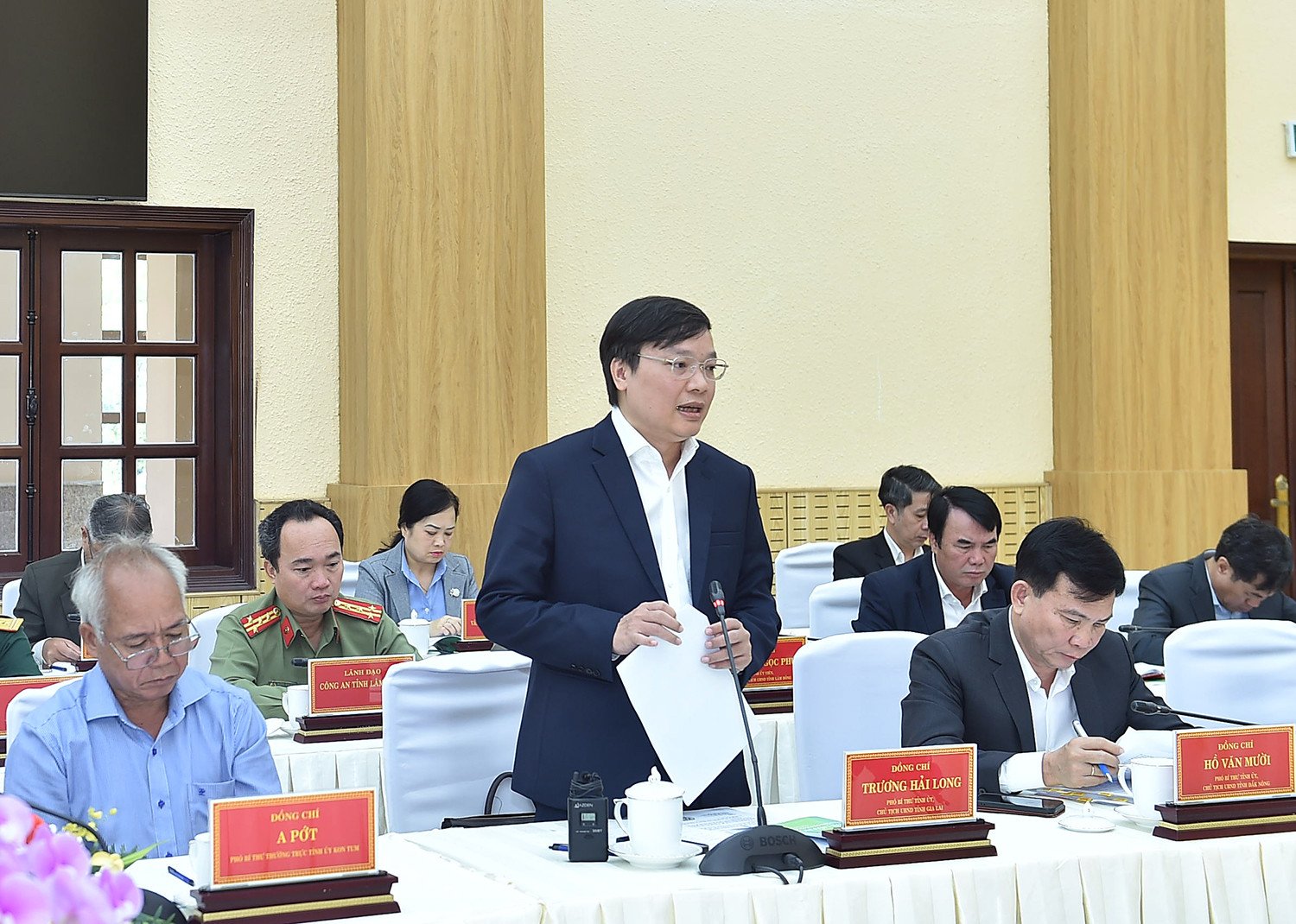

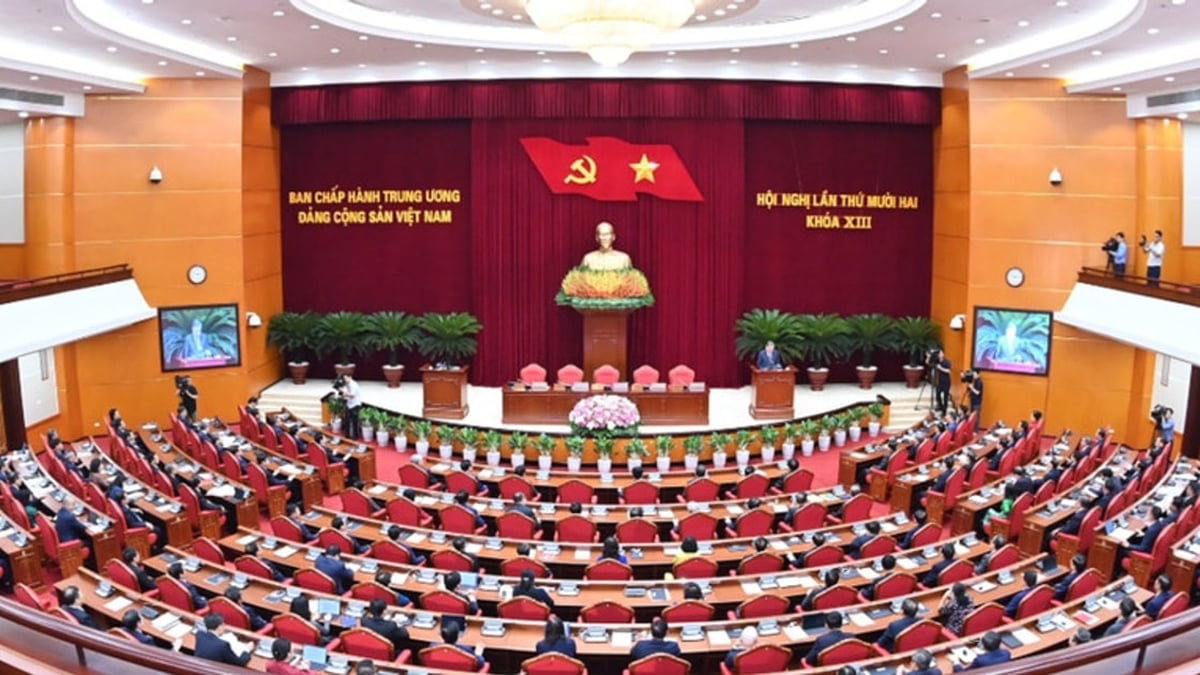

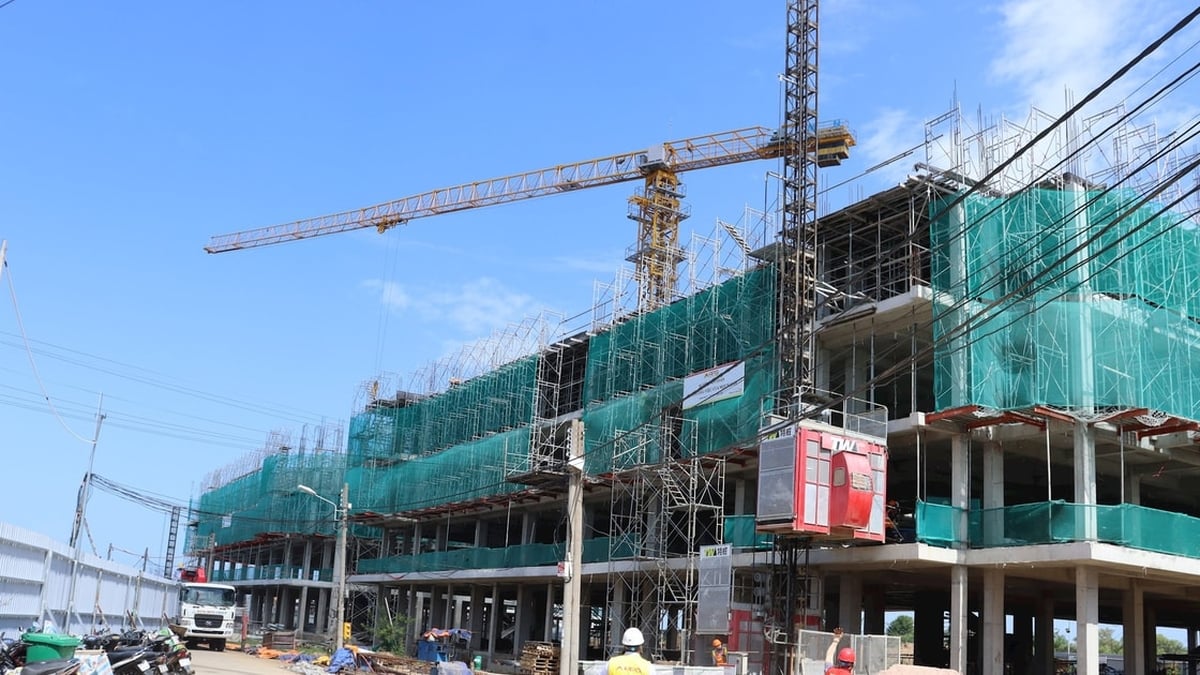


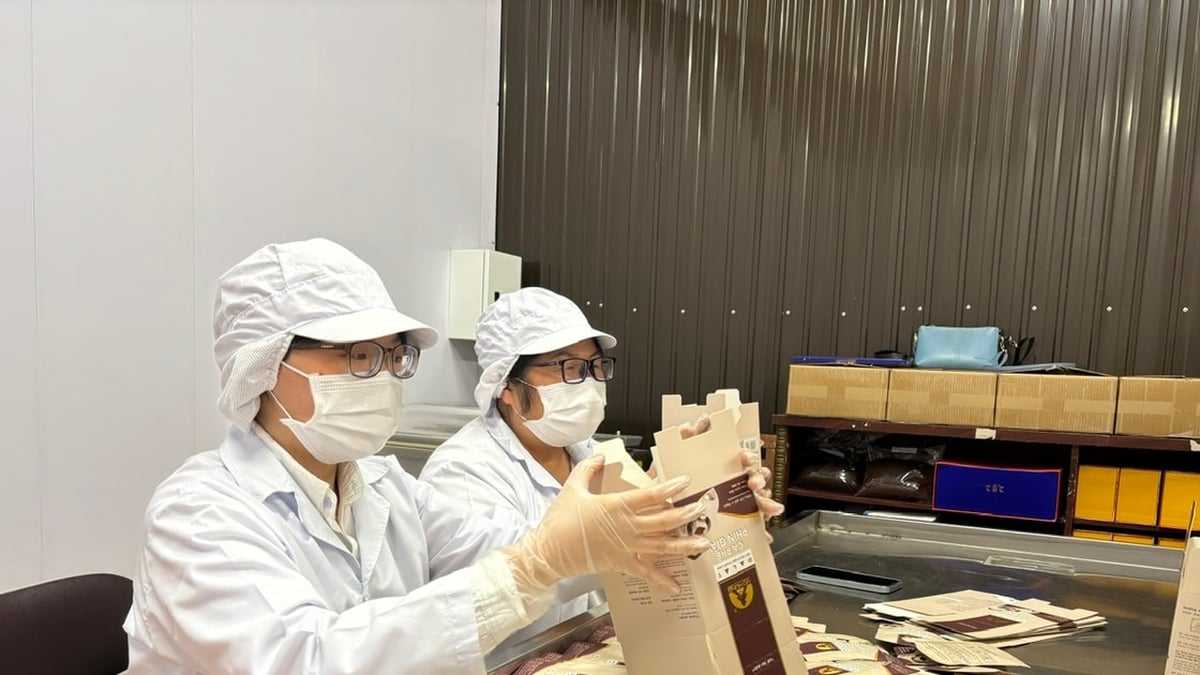
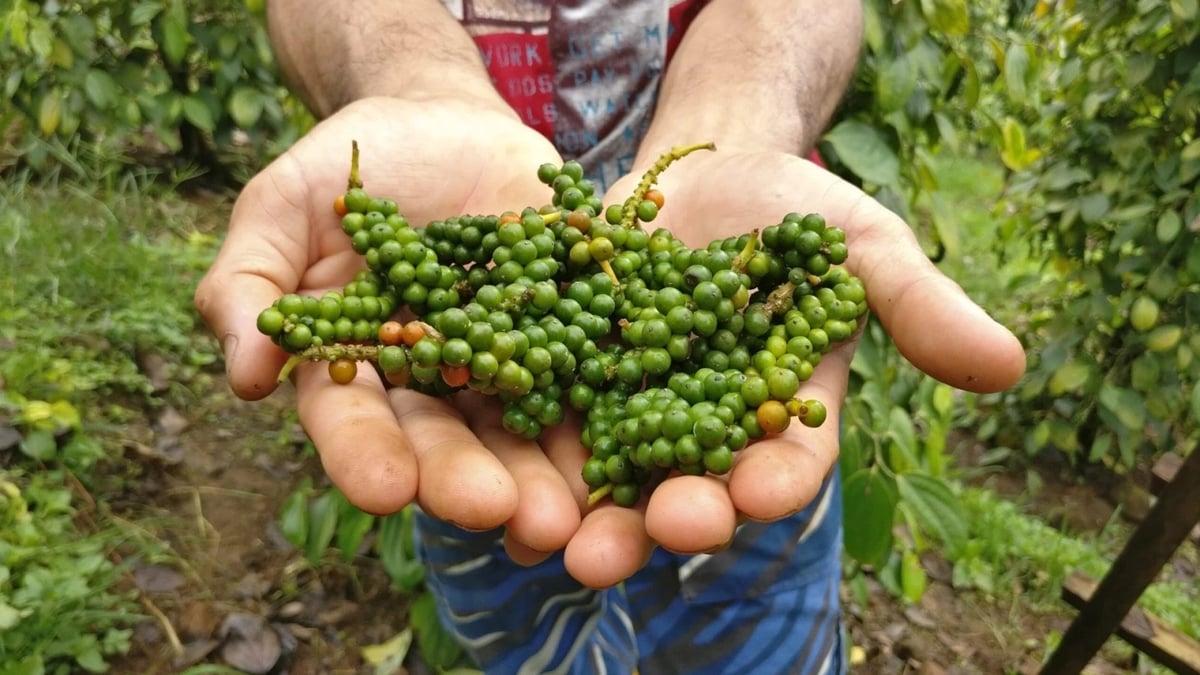

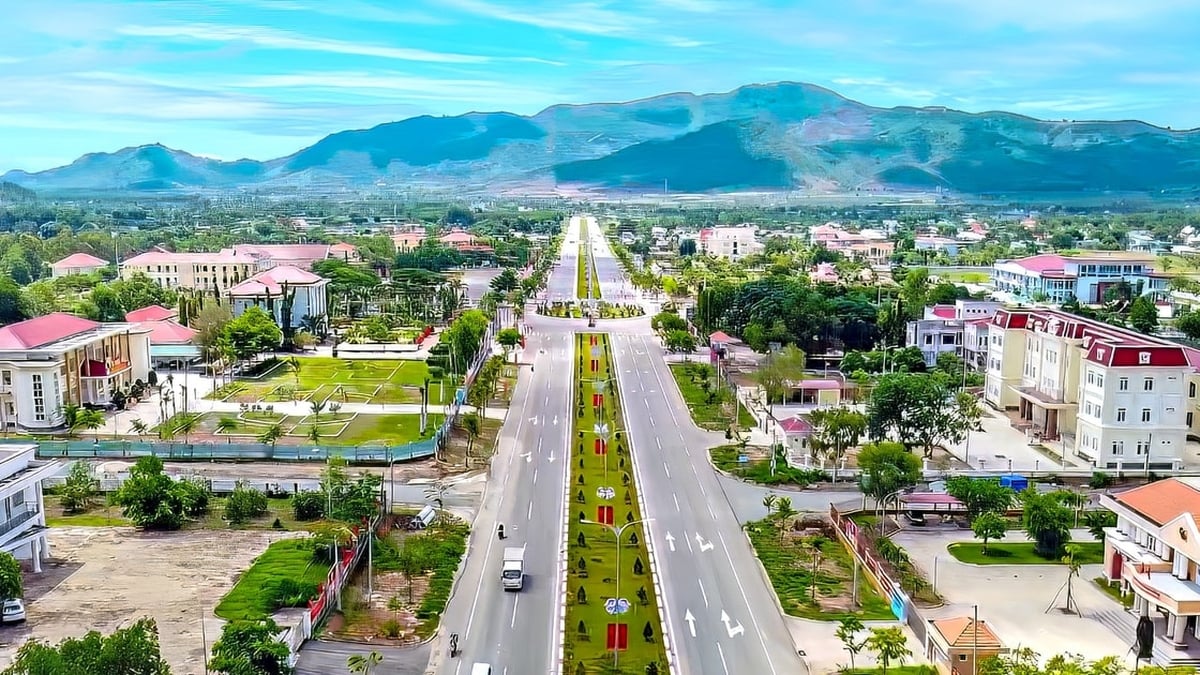


















![[Photo] Signing of cooperation between ministries, branches and localities of Vietnam and Senegal](https://vphoto.vietnam.vn/thumb/1200x675/vietnam/resource/IMAGE/2025/7/24/6147c654b0ae4f2793188e982e272651)







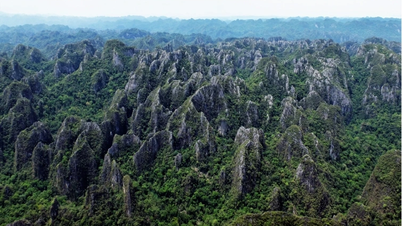

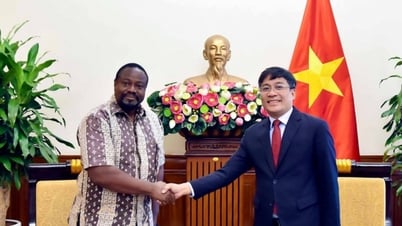
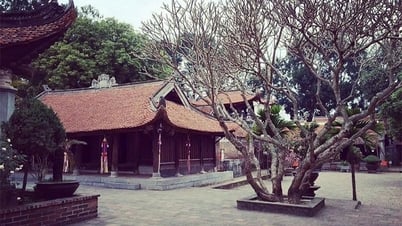






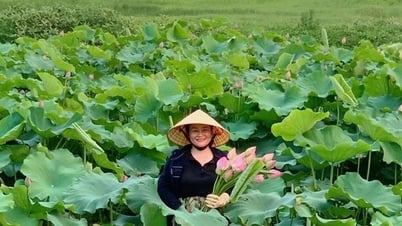














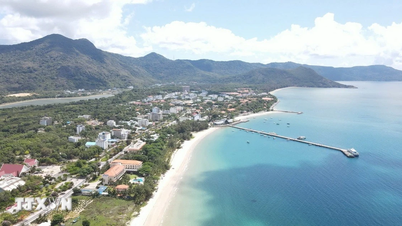
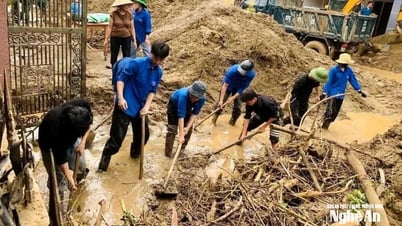

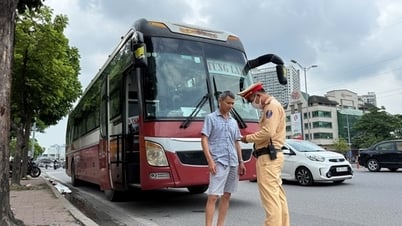



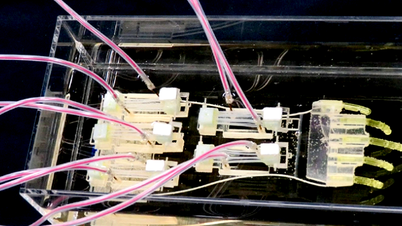
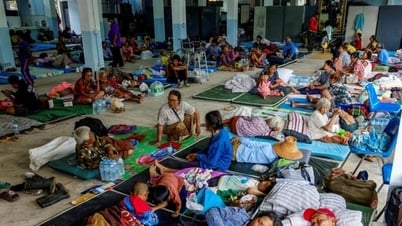



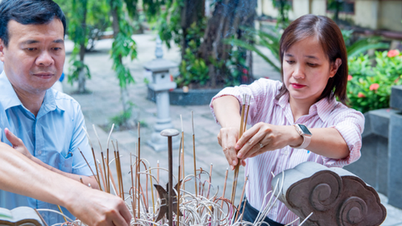
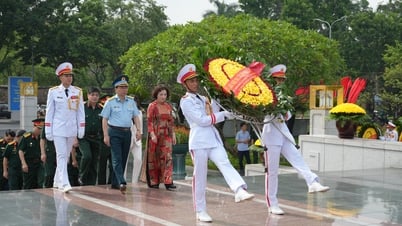

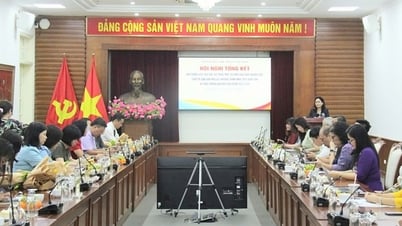

























Comment (0)